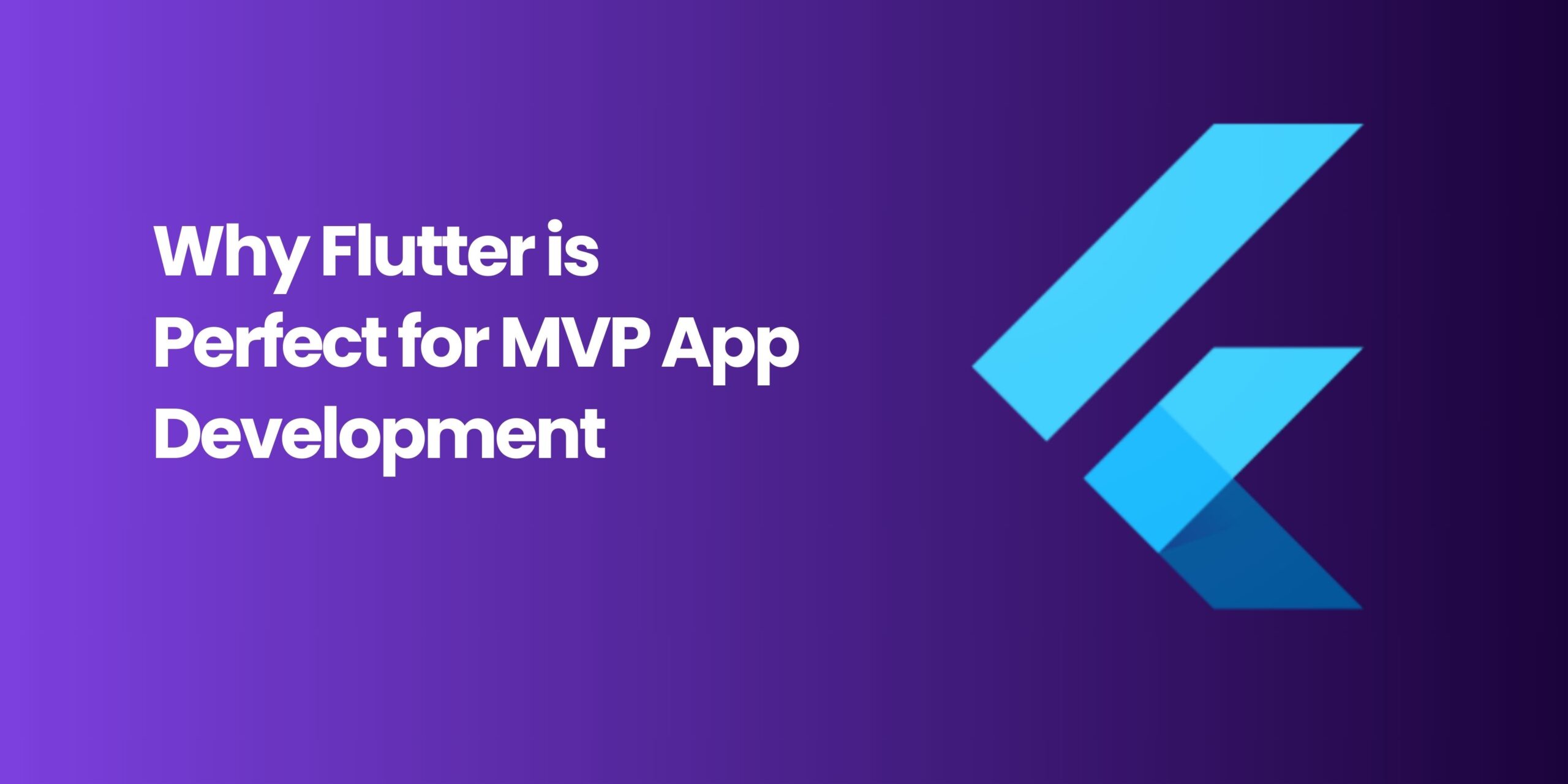In the fast-moving world of startups, getting your product to market quickly—without burning your entire budget—is critical. And that’s where MVPs (Minimum Viable Products) shine.
An MVP is not your final product. It’s a lean, functional version of your idea, designed to validate assumptions, gather user feedback, and attract early adopters or investors.
But here’s the catch: how you build your MVP matters just as much as what it does.
That’s why more startups are turning to Flutter app development for their MVPs. It’s not just cost-effective—it’s fast, scalable, and delivers a beautiful user experience right out of the box.
Let’s dive into why Flutter is the ideal tech stack for your MVP app development journey.
🚀 What Makes Flutter So Special?
Developed by Google, Flutter is an open-source framework that allows developers to build natively compiled applications for mobile, web, and desktop from a single codebase.
In simpler terms: you build once, deploy everywhere.
Here’s what sets Flutter apart:
- Cross-platform development: Write one codebase for Android and iOS.
- High-performance: Flutter apps run smoothly, thanks to the Dart language and Skia rendering engine.
- Pixel-perfect UI: It offers extensive customizable widgets for stunning designs.
- Hot reload: Developers see changes instantly—speeding up the dev process.
🎯 Why Flutter is the Ideal Framework for MVP Development
1. Build Faster, Launch Sooner
Time is your most valuable asset as a startup. Flutter accelerates MVP development by:
- Eliminating the need for separate Android and iOS codebases
- Enabling quicker design iterations with hot reload
- Providing pre-designed widgets to build functional UIs faster
You can literally go from idea to working prototype in weeks—not months.
Pro Tip: Flutter app development is particularly effective for founders who need to demo a product to investors or test with early adopters on both platforms simultaneously.
2. Cost-Efficient Without Compromising Quality
Building two separate native apps can easily double your budget. Flutter avoids that by using a single development team, reducing:
- Engineering hours
- Design rework
- Maintenance costs
And despite being cost-efficient, Flutter doesn’t compromise on performance or aesthetics. You get native-like speed and sleek UI—all within your MVP budget.
Result: Lower cost per iteration, faster time to validate, and more budget left for marketing or future updates.
3. Beautiful UI/UX—Right From Day One
User experience can make or break your MVP. With Flutter, you don’t need to sacrifice design just because it’s an MVP.
Flutter offers:
- Rich, customizable widgets
- Smooth animations and transitions
- Consistent UI across devices and screen sizes
If you want your MVP to look like a final product, Flutter gives you the design power to make it happen.
4. Easy Testing and Maintenance
Flutter simplifies testing by allowing you to:
- Test the entire app logic with unit and widget tests
- Avoid the hassle of testing two codebases separately
- Reuse code efficiently across screens and modules
Plus, maintaining your app post-launch is easier. Fixing bugs, adding features, or scaling to full product mode requires minimal overhead.
5. Scalability: From MVP to Full Product
Many startups make the mistake of choosing MVP frameworks that don’t scale.
Flutter isn’t one of them.
What starts as an MVP can easily evolve into a full-fledged app—without needing a complete rewrite. Whether you’re adding user authentication, payment gateways, or push notifications, Flutter’s plugin ecosystem supports it all.
Examples of scale-friendly integrations include:
- Firebase for backend and analytics
- Stripe or Razorpay for payments
- Google Maps, camera, and other native device APIs
Bonus: If you’re planning for web or desktop in the future, Flutter’s multi-platform capabilities make the transition seamless.
💼 Real-World Startups That Used Flutter for MVPs
1. Reflectly
An AI-powered journaling app that started with Flutter. Its success in UX and performance helped it go viral.
2. Realtor.com
Used Flutter to deliver consistent UI across platforms quickly—especially for dynamic features like property listings and maps.
3. Groupon (Internal Tools)
Adopted Flutter for internal MVPs to save time and cost on multi-platform builds.
These aren’t just apps—they’re proof that Flutter app development scales from MVP to millions of users.
⚖️ Flutter vs Other MVP Frameworks
| Framework | Speed | UI Quality | Cost Efficiency | Scalability |
| Flutter | 80% | 100% | 80% | 80% |
| React Native | 80% | 80% | 80% | 80% |
| Native (iOS/Android) | 40% | 100% | 20% | 100% |
| Low-Code Tools | 100% | 40% | 100% | 40% |
Takeaway: Flutter strikes the perfect balance between speed, quality, and futureproofing.
🤔 When Flutter Might Not Be the Right Fit
While Flutter is great for most MVP use cases, it may not be ideal if:
- You’re building apps with heavy native dependencies (e.g., Bluetooth, ARKit, or ultra-low latency camera features).
- Your team already has deep native Android/iOS experience and no Dart knowledge.
- You need ultra-lightweight apps for very old devices.
But for 80–90% of MVP use cases, Flutter is more than capable—and more cost-effective.
📣 Final Thoughts: Build Smart from the Start with Flutter
MVPs are all about testing quickly, learning fast, and building smart. Flutter enables all three.
With its ability to speed up development, deliver stunning UIs, and evolve seamlessly into full-scale apps, Flutter app development is the perfect launchpad for your startup idea.
You don’t need to spend months building something that might not even work. With Flutter, you can ship faster, learn faster, and scale with confidence.
Need help building your MVP in Flutter?
At Quokka Labs, we specialize in custom flutter app development services for startups—from lean MVPs to robust, scalable products. Our team helps you go to market faster, without sacrificing quality.
👉 Let’s build something amazing—starting today.
